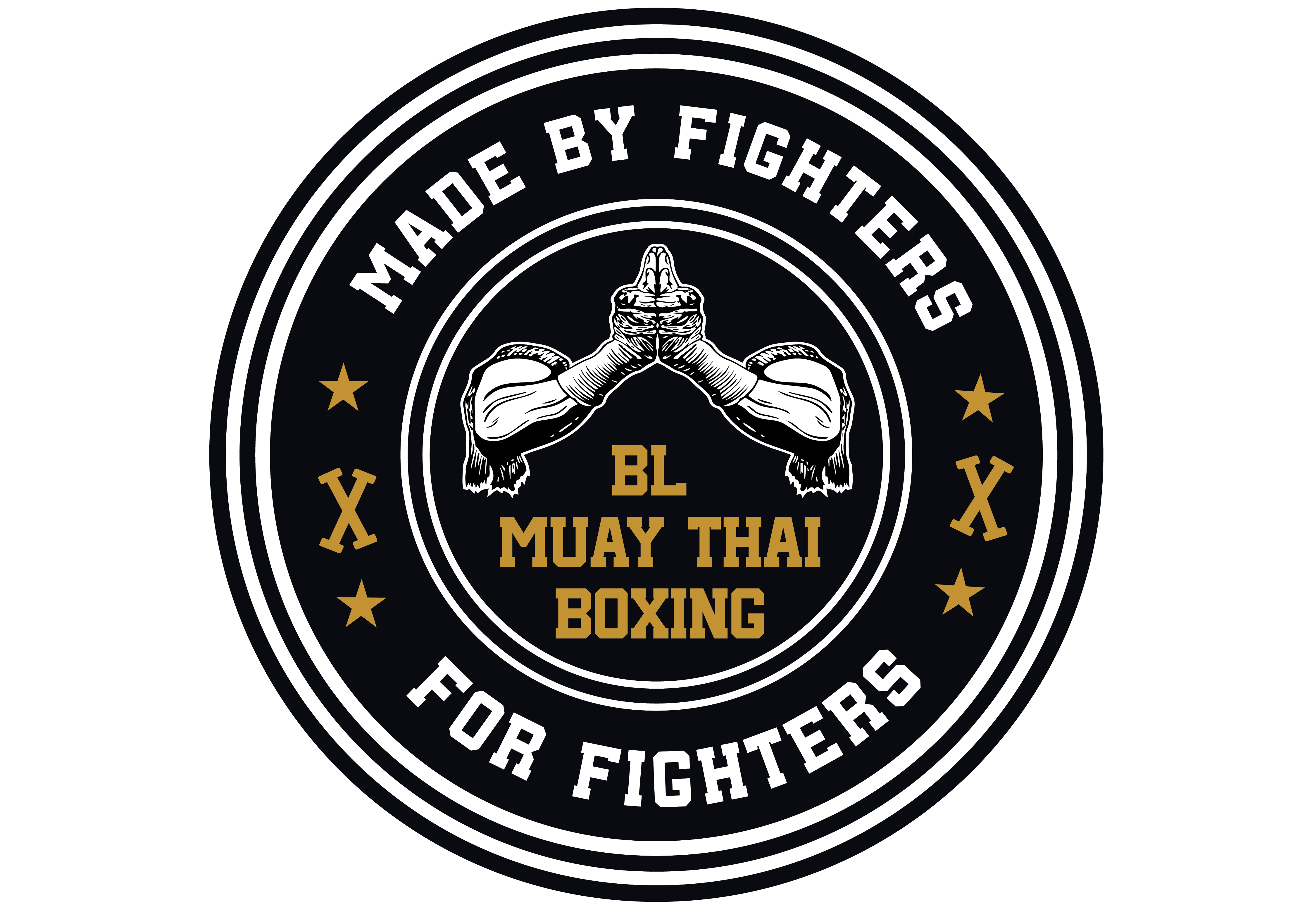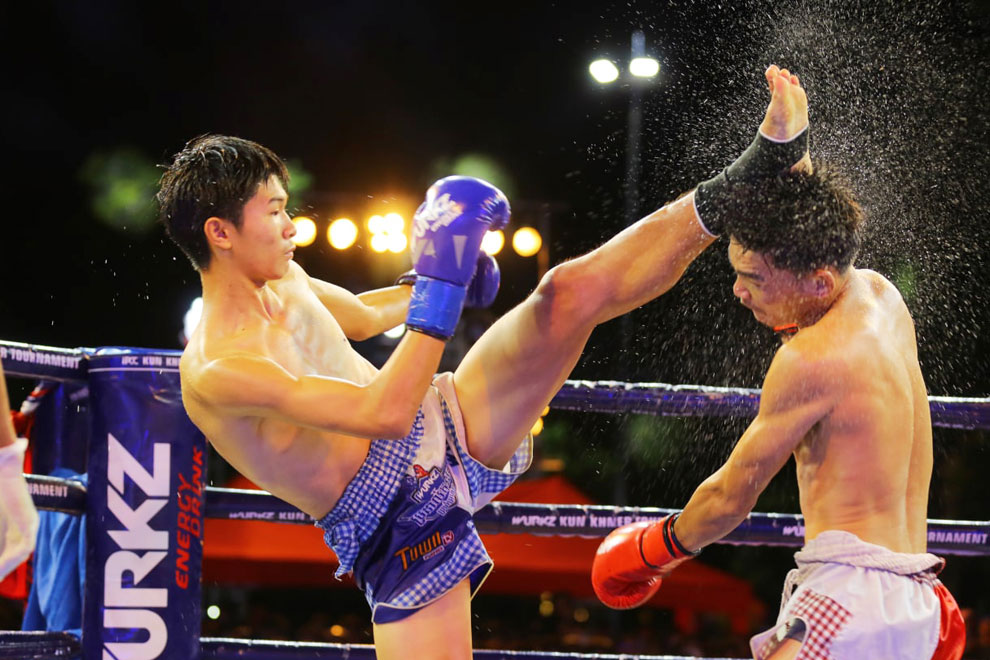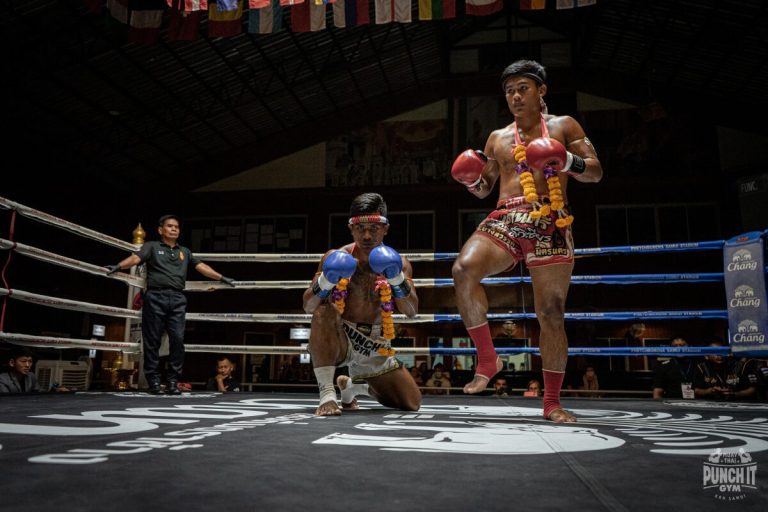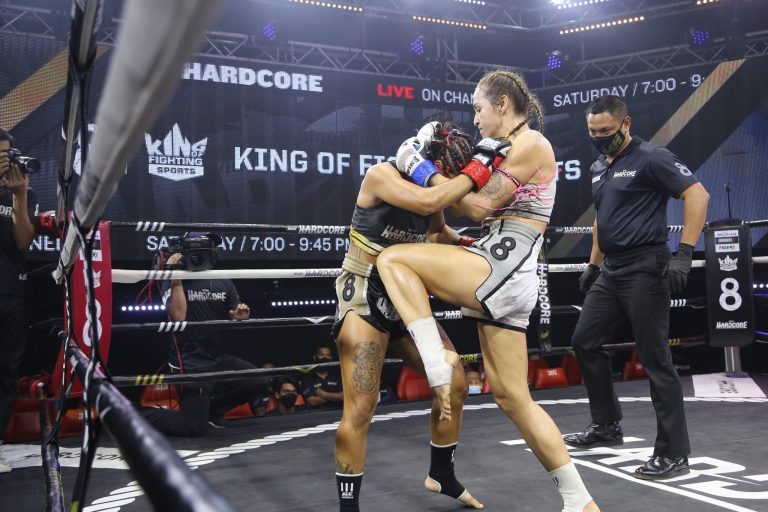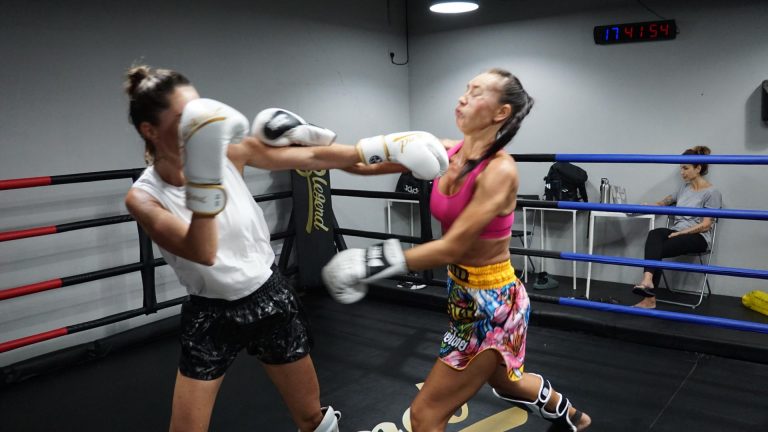Ever wondered about the martial arts scene in Southeast Asia? You’ve likely heard of Muay Thai, Thailand’s national sport, but what about Kun Khmer, Cambodia’s answer to kickboxing? While often mistaken for the same discipline, these two combat sports boast unique histories and styles. Though often mistaken for twins, these disciplines possess distinct histories, styles, and cultural significance. Let’s delve deeper and explore what sets them apart.
History of Muay Thai and Kun Khmer
- Muay Thai: The Art of Eight Limbs: The word “Muay” translates to “boxing” in Thai. Its exact origins remain shrouded in mystery, with historical records absent. However, most agree it emerged during the ancient Ayutthaya Kingdom (1350-1767 AD), possibly evolving from Muay Boran, a term encompassing various unarmed combat styles. Today, Muay Thai enjoys widespread recognition. Thousands flock to Thailand each year to train in renowned camps, often led by seasoned fighters. Established infrastructure allows talented students to compete professionally in famous stadiums, further solidifying Muay Thai’s global dominance.
- Kun Khmer: The Resilient Warrior: Meaning “wrestling Khmer” in Khmer language, Kun Khmer is also known as Pradal Serey. Its history dates back to the Khmer Empire, established in 802 AD. While the exact source remains debated, some believe it originated from indigenous Khmer culture, while others posit a possible Indian influence. Experts suggest that both Muay Thai and Kun Khmer share a common ancestor, diverging into distinct styles over time. While practiced for centuries, the Khmer Rouge regime nearly eradicated this ancient art form. Many fighters perished, and knowledge of the art was on the brink of disappearing. However, Cambodia is experiencing a cultural renaissance, actively restoring and promoting Kun Khmer as a vital part of its heritage. This dedication is attracting increased interest, both locally and internationally.
Difference between Muay Thai and Kun Khmer
At first glance, Muay Thai and Kun Khmer might appear identical. However, a closer look reveals subtle yet crucial differences:
- Elbow Emphasis: Kun Khmer fighters are known for their extensive use of elbows, integrating them into their striking. Elbows become a weapon of opportunity, adding another layer of complexity and ferocity to their fighting style.
- Clinch Dynamics: Muay Thai fighters often utilize clinches for strategic reasons, like setting up devastating knee strikes. Kun Khmer, however, tends to focus less on extended clinching and instead uses it as a springboard for launching powerful strikes with elbows and knees.
- Ritual and Rhythm: Muay Thai features “wai kru” dances performed before the fight, a tradition originating from the Sukhothai period. Kun Khmer boasts the “kun kru” or “thvayobangkoum krou” ritual, featuring 17 postures often referencing the Ramayana epic
- Music: Muay Thai utilizes a traditional ensemble of Javanese wind pipes, drums, and cymbals. Kun Khmer has its own counterpart, “vung phleng pradall” or “vung phleng klang khek,” relying on a similar setup of wind instruments, drums, and cymbals. Though these musical styles share similarities, their specific rhythms and melodies evoke distinct cultural nuances.
In 2023, a debate erupted regarding the name of a kickboxing competition hosted by Cambodia. They renamed it “Kun Khmer” instead of Muay Thai, sparking discussions about the origins of Muay Thai itself. Cambodia argues that Muay Thai may have stemmed from Khmer culture, highlighting their efforts to reclaim their cultural heritage and propel Kun Khmer into the global spotlight.
While Muay Thai currently enjoys a larger international following, Cambodia’s dedication to reviving Kun Khmer is paving the way for a brighter future. Their government actively promotes the sport by hosting frequent events featuring skilled fighters from around the world. This commitment not only strengthens Cambodia’s cultural identity but also offers a unique and rewarding experience for martial arts enthusiasts seeking a discipline steeped in history and tradition.
The recent controversy highlights the complex relationship between these two martial arts. While their roots may be intertwined, their journeys diverged, shaping distinct styles and national identities. Muay Thai currently enjoys wider recognition on the global stage, while Kun Khmer experiences a resurgence in its homeland.
